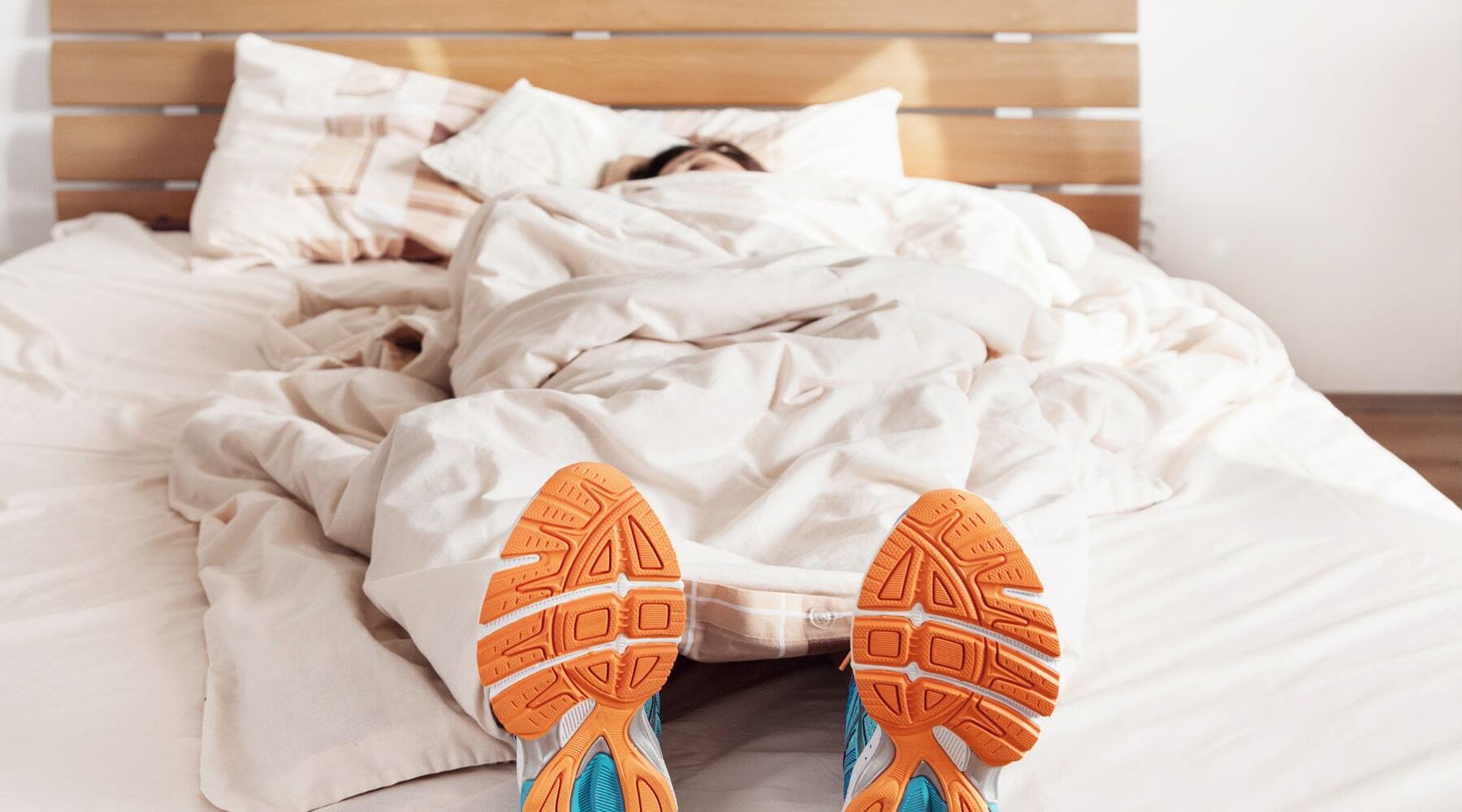EXETER, NH – A recent study revealed progressive high-impact training improved the patellar cartilage quality of postmenopausal women who may be at the risk of developing osteoarthritis and osteoporosis.
80 women ages 50-65 and having nearly continuous knee pain were enrolled in the study, which randomly assigned them to a training group or a controlled group. The women who were in the training group followed a supervised progressive high-impact exercise program over the course of a year, consisting of jumping exercises. The other group followed their daily routine for one year.
At the end of the study, researchers found the women regularly exercising improved their patellar cartilage by participating in jumping and versatile rapid movement exercises.
Dr. Joshua Siegel is the Sports Medicine Director at Access Sports Medicine and he sees many patients suffering from osteoarthritis. He says conditions like osteoarthritis require movement over rest in order to strengthen the body tissues and prevent future injury.
“For years we have known how body tissues respond to stress by adapting and becoming stronger. This seems to be obvious with muscle training, but now studies are showing that even notoriously difficult to treat body tissues such as cartilage require stimulation over rest to strengthen and protect against injury,” said Dr. Siegel.
Access Acceleration is a fully functional training facility, whose goal is to get patients back to their daily routine after injury, and also teach them how to prevent injuries in the future through stretching and exercise. Craig Favara is the Director of Fitness at Acceleration and he says osteoarthritis patients can benefit from jumping exercises, but only after they have followed a strength and conditioning plan to make them stronger.
“We train patients with osteoarthritis and osteoporosis through a supervised weight training progression program. Our emphasis is proper technique, form and landing. We have successfully seen these patients progress over a period of time that allows them to get stronger and progress into plyometric training,” said Favara.



